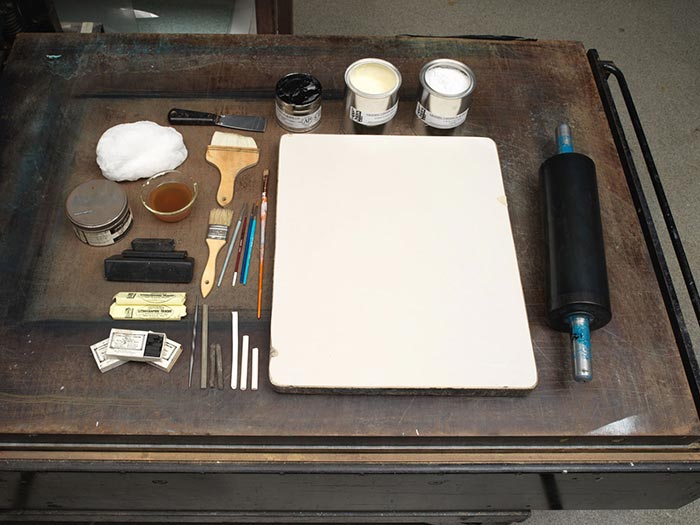A Poultry Show on the Road: Fun for the Pup
Nicholas Winfield Scott Leighton American
Publisher Currier & Ives American
Not on view
The late nineteenth-century Darktown prints by Currier & Ives depict racist stereotypes that are offensive and disturbing. The Metropolitan Museum of Art preserves such works to shed light on their historical context and to enable the study and evaluation of racism.
On a rural road, heading from left to right, an elderly caricatured Black (African American) man drives his donkey-pulled, poultry-filled wagon alongside an elegantly attired couple riding in their open, four-wheeled carriage drawn by a brown horse. The couple's pet dog stands on the lap of the gentleman and barks at the passing driver.The white-haired Black man wears a dark gray hat, white shirt, red vest, and gray pants; his whip rests upright on his left shoulder. A goose and a few chicken raise their heads through the openings of their cage at the back of the wagon. In the carriage, the woman holds an open pale blue parasol over her head. The title caption, imprinted in the bottom margin, indicates that this scene was intended as a comic one. This lithograph is the companion to "A Poultry Show on a Bust: Bad for the Dog" (see Metropolitan Museum of Art accession no. 52.632.292; Peters 455, Gale 5265).
Nathaniel Currier, whose successful New York-based lithography firm began in 1835, produced thousands of prints in various sizes that together create a vivid panorama of mid-to-late nineteenth century American life and its history. People eagerly acquired such lithographs featuring picturesque scenery, rural and city views, ships, railroads, portraits, hunting and fishing scenes, domestic life and numerous other subjects, as an inexpensive way to decorate their homes or business establishments. As the firm expanded, Nathaniel included his younger brother Charles in the business. In 1857, James Merritt Ives (the firm's accountant since 1852 and Charles's brother-in-law) was made a business partner; subsequently renamed Currier & Ives, the firm continued until 1907. [Nicholas Winfield] Scott Leighton was a Boston-based artist noted for his remarkable paintings of horses. His pictures reached wider audiences after some of them were produced as prints published by Currier & Ives in the 1880s.

